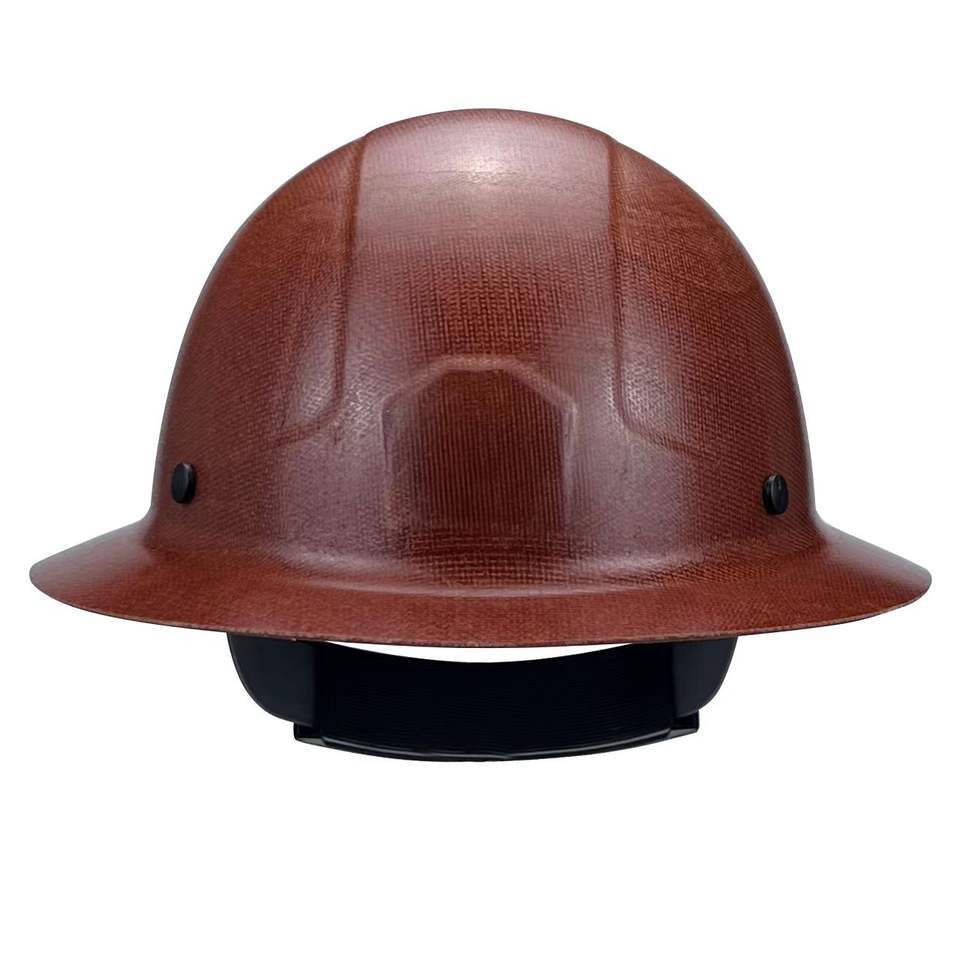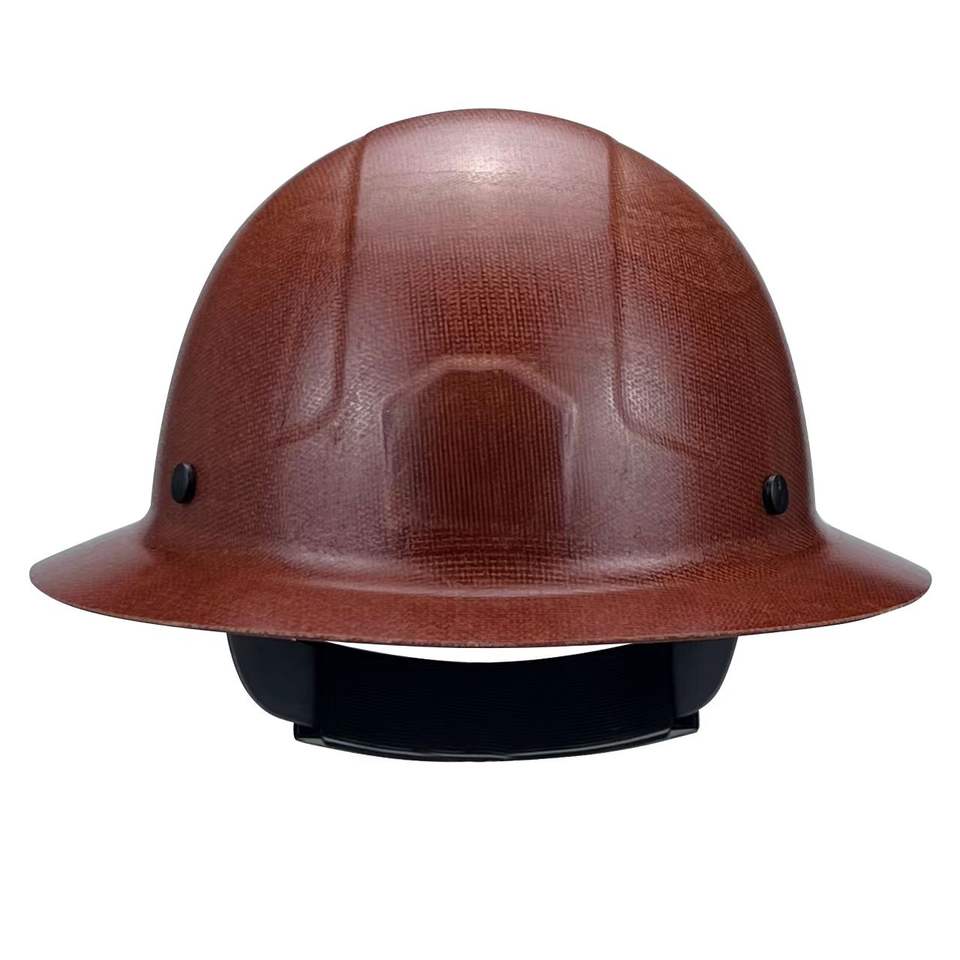Hard Hat Safety Helmet | Lightweight, Impact-Resistant, ANSI
Field Notes on a High-Temp Hard Hat That’s Built for Real Work
I’ve spent enough time on hot decks and dusty scaffolds to know when a helmet feels right. This hard hat safety helmet is the fiberglass workhorse many crews quietly prefer—especially around heat, sparks, and those unpredictable moments you never plan for but always remember.

What’s happening in the market
Trends? Two stand out. First, heat-tolerant shells (fiberglass, phenolic, advanced composites) are edging out basic HDPE in foundries, metal fabrication, and some oil & gas turnarounds. Second, compliance buyers are double-checking labels—CE EN 397 in Europe and ANSI/ISEA Z89.1 in North America—while asking for accessory rails and sweat management. To be honest, sustainability talk is rising too, though on high-heat jobs, performance still wins.
The product at a glance
| Product Name | High temperature Hard Hats Fiber resinforce resin safety helmet (Brand: Care) |
|---|---|
| Material | Fiberglass shell; 4-point Terylene webbing cradle |
| Weight | ≈ 600 g (real-world use may vary ±5%) |
| Size | 48 × 27.94 × 19.05 cm |
| Certifications | CE EN 397; designed to meet ANSI/ISEA Z89.1-2009 (confirm type/class on label) |
| Application | Construction, metalworking, foundry, shipbuilding, maintenance shutdowns |
| Color | OEM colors available |
| Origin | 26 YongPing Road, Northern Industrial Base, Hengshui, Hebei, China |

How it’s made (the short version)
- Materials: fiberglass cloth/mat + heat-resistant resin system; Terylene webbing cradle.
- Method: lay-up or compression molding; controlled heat cure; CNC trim and vent/drill where specified.
- Finishing: surface sanding, paint/gelcoat, edging; webbing/adjuster assembly; lot coding.
- Testing: impact/penetration per EN 397; flammability, chinstrap release, and optional lateral deform tests. ANSI/ISEA adds type/class checks.
- Service life: commonly up to 3–5 years with regular inspection; retire after any significant impact, deep gouge, or heat distortion.

Test data and standards (what actually matters)
Under EN 397, crown impact energy is ≈49 J, with transmitted force limited to protect the headform; penetration tests ensure the striker doesn’t touch the headform. Flame resistance requires self-extinguishing behavior. ANSI/ISEA Z89.1 categorizes Type I vs. II and electrical Classes C/G/E—this model’s fiberglass shell suggests heat resilience, but always check the product label for the exact type/class. OSHA 1910.135 ties workplace compliance to those standards in the U.S.
Where it shines
I’ve seen it used around furnaces, in welding bays, on cutting decks, and—surprisingly—by maintenance crews inside power stations during summer outages. Many customers say the suspension is simple and stays put. If you’re kitting out mixed crews, the hard hat safety helmet also takes decals and ID stickers cleanly.

Vendor snapshot (quick compare)
| Vendor | Material | Standards | Approx. Weight | Notes |
|---|---|---|---|---|
| Care (this model) | Fiberglass | CE EN 397; ANSI/ISEA Z89.1-2009 | ≈600 g | OEM colors; good heat tolerance |
| MSA V-Gard (typ.) | HDPE | ANSI/ISEA Z89.1-2014/2019; EN 397 | ≈350–400 g | Broad accessory ecosystem |
| Honeywell Fibre-Metal | Fiberglass/phenolic | ANSI/ISEA; EN 397 (select) | ≈500–620 g | Well-known in welding/foundry |
| 3M Hard Hats (typ.) | HDPE/ABS | ANSI/ISEA; EN 397 | ≈350–500 g | Comfort liners; value options |
Values are indicative; check current datasheets and labels for exact type/class and ratings.
Customization and real-world feedback
- Logos and color matching: OEM color availability helps with site ID and brand consistency.
- Suspension: 4-point Terylene webbing—simple, durable. Many crews prefer it for heat jobs.
- Accessories: face shields, ear protection, welder adapters—verify compatibility per standard.
One mid-size foundry (Northern China) switched a 60-person shift to this hard hat safety helmet. After two months, supervisors reported fewer “hot shell” complaints compared with standard HDPE models—comfort didn’t turn into a science project, it just worked.

Bottom line
If your environment runs hot or throws sparks, a fiberglass hard hat safety helmet like this one is a practical, standards-aligned choice. Verify the ANSI type/class on the label, train workers to inspect before each shift, and retire units after any impact. It’s not flashy—but it’s the kind of quiet, dependable gear that keeps crews moving.
Authoritative references
- ANSI/ISEA Z89.1 – American National Standard for Industrial Head Protection: https://www.safetyequipment.org/standard/ansiisea-z89-1/
- EN 397: Industrial safety helmets (CE): https://standards.iteh.ai/catalog/standards/cen/9d6e3c6a-cc8a-4e69-9b4b-3b2f72cb47ca/en-397-2012-a1-2012
- OSHA 29 CFR 1910.135 – Head Protection: https://www.osha.gov/laws-regs/regulations/standardnumber/1910/1910.135
- CSA Z94.1 – Industrial Protective Headwear (contextual reference): https://www.csagroup.org/store/product/Z94.1/
-
Essential Guide to Safety Helmets for the Oil and Gas Industry
NewsNov.24,2025
-
Essential Guide to Safety Helmet for Baby – Protect Little Explorers with Confidence
NewsNov.24,2025
-
Comprehensive Guide to Safety Helmet Factory – Global Insights & Innovations
NewsNov.23,2025
-
Rockman Safety Helmet: Ultimate Industrial Head Protection Guide
NewsNov.23,2025
-
Race Safety Helmet – Essential Protection for Motorsport Champions
NewsNov.22,2025
-
Offshore Safety Helmet Guide: Protecting Workers in Harsh Marine Environments
NewsNov.22,2025
